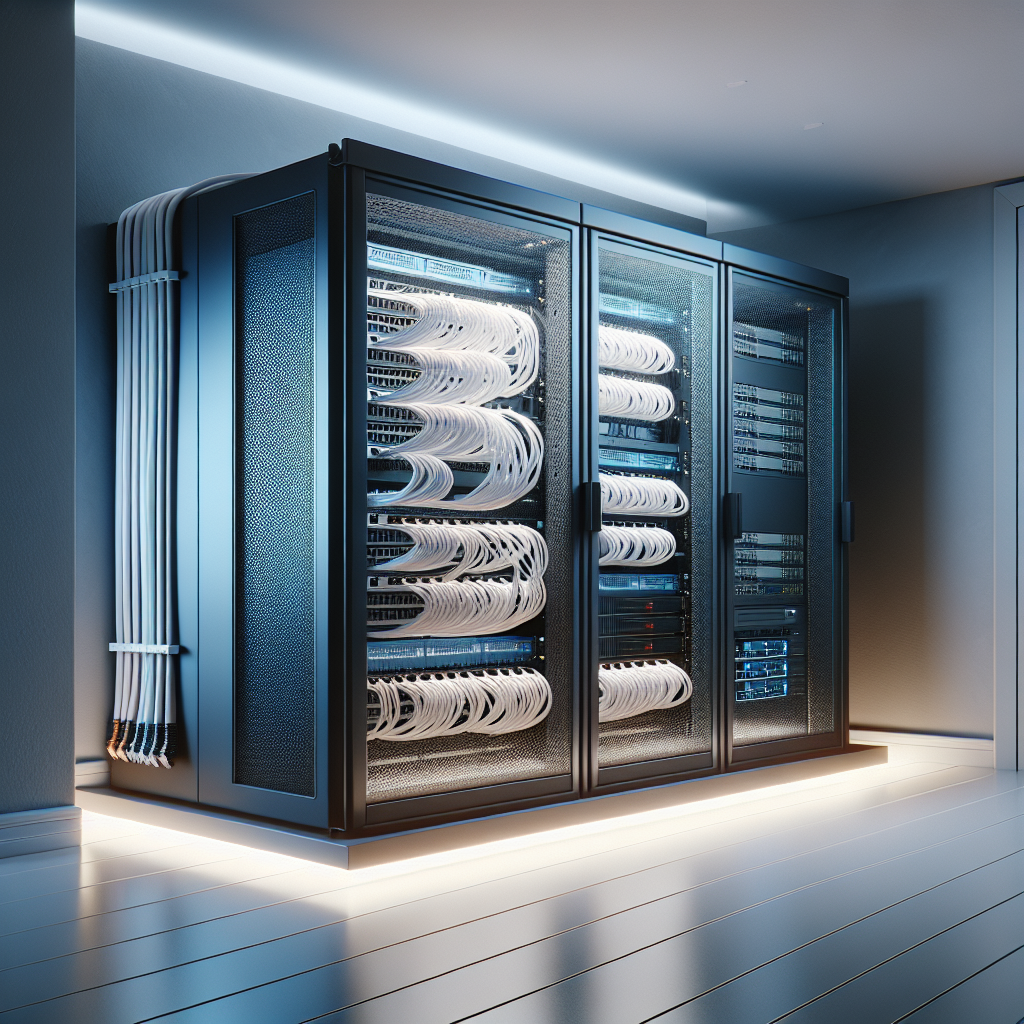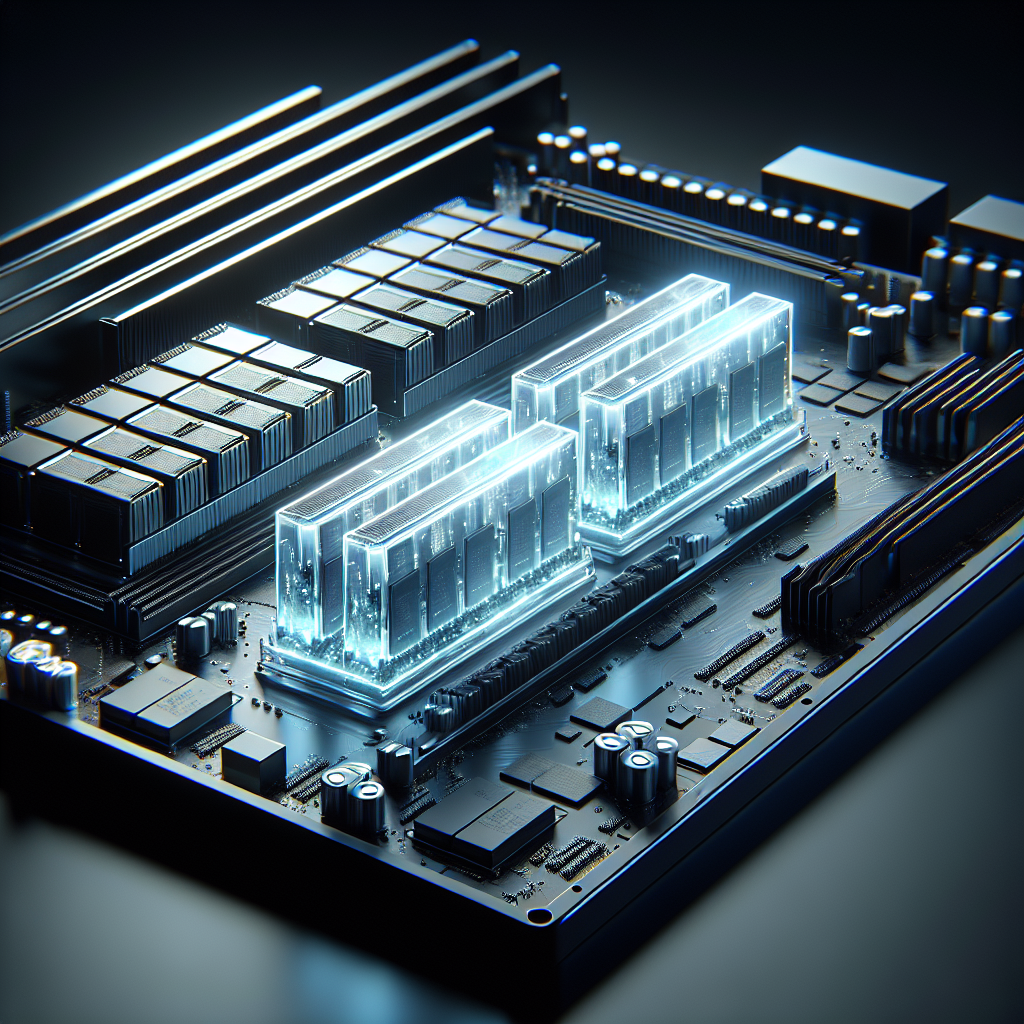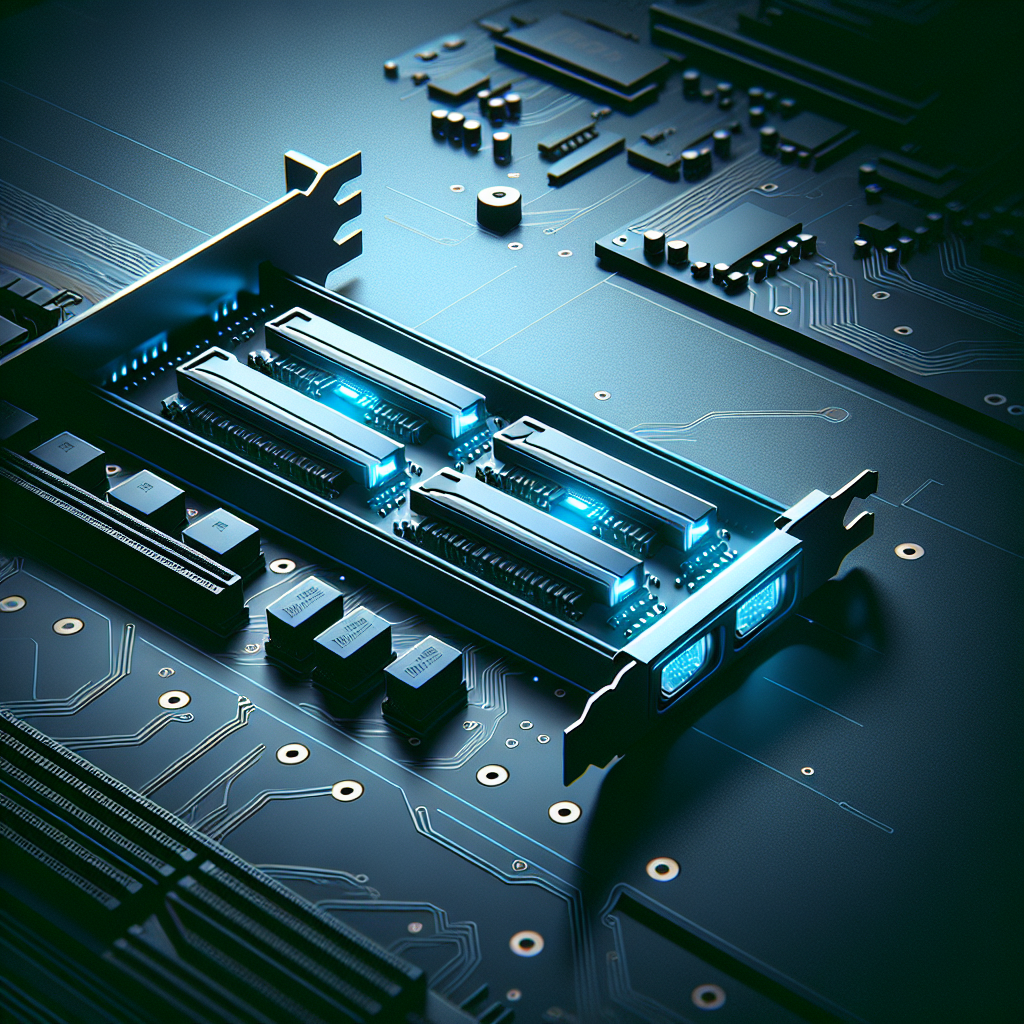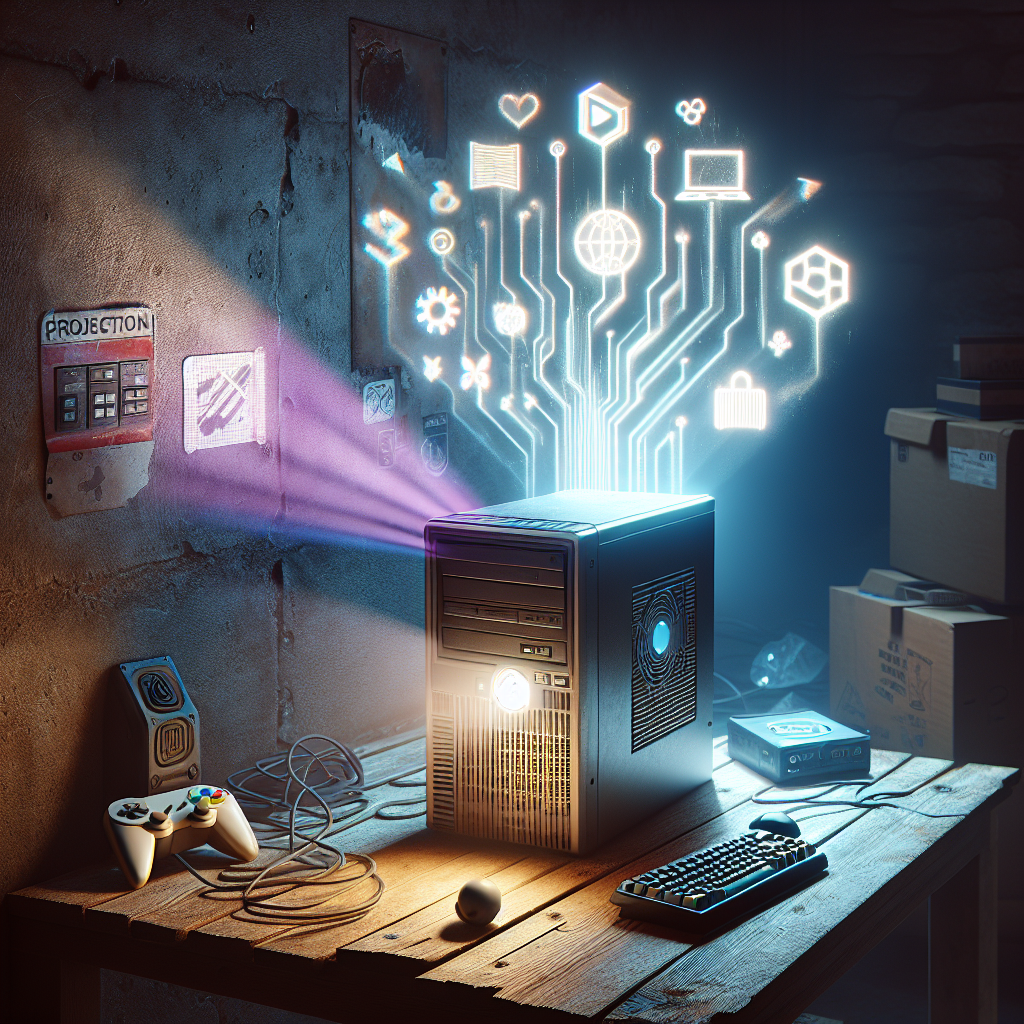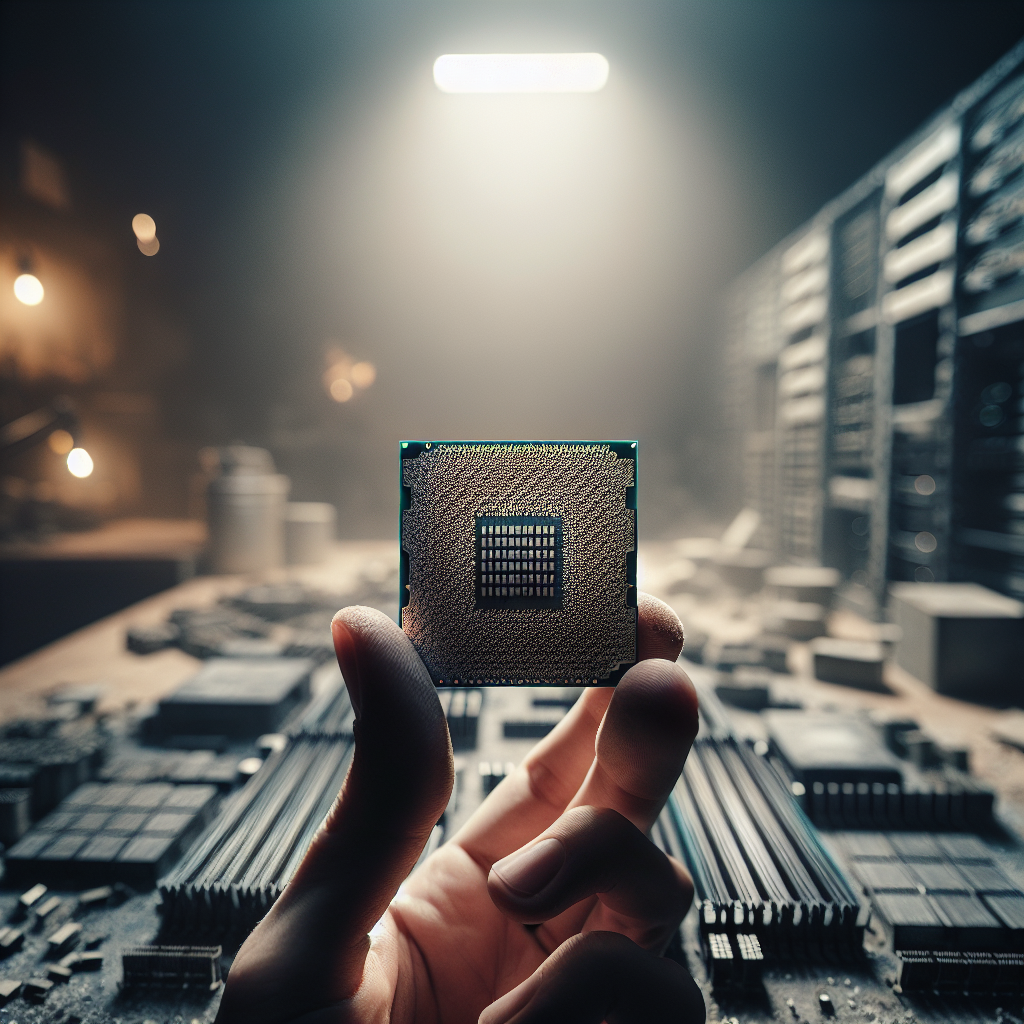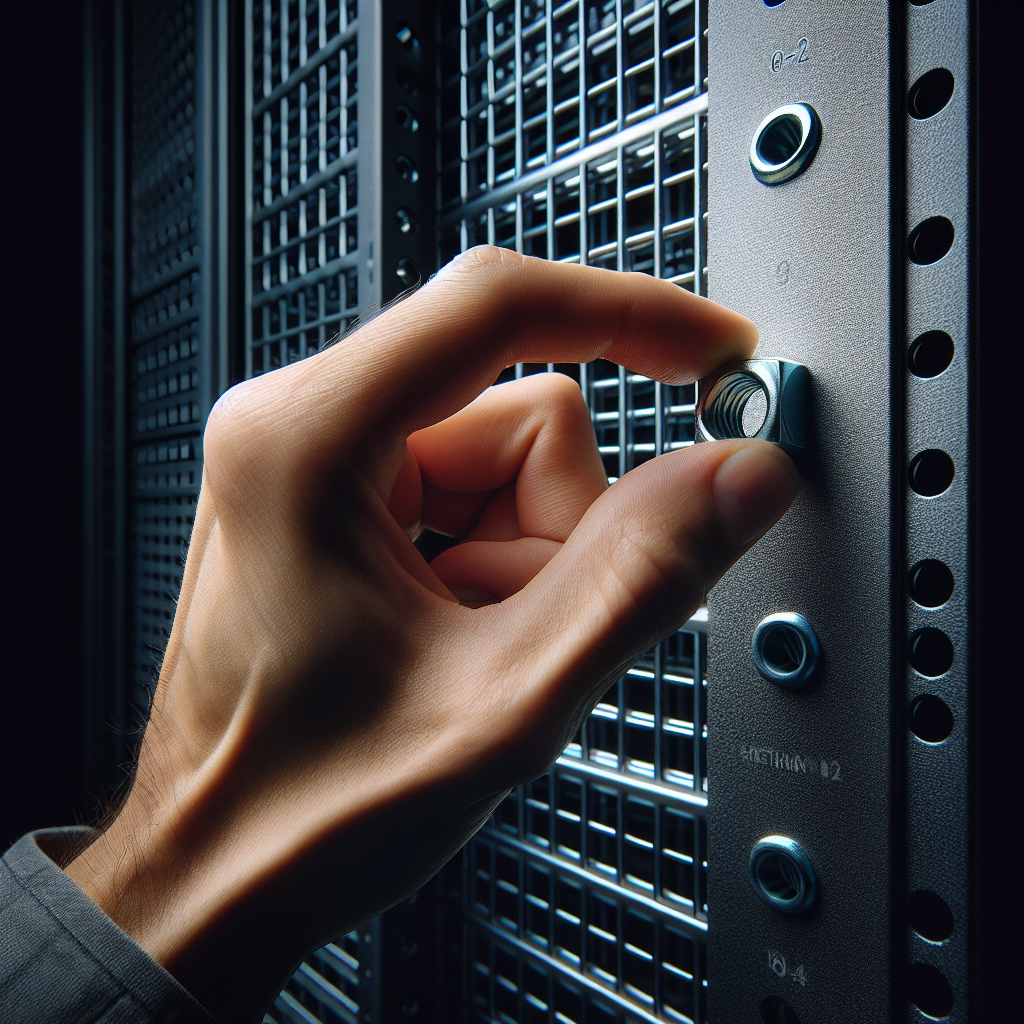My home server rack is my happy place. It’s a little hub of humming machines running everything from my Plex media server to my home security cameras. But over time, it started to feel less like a neat tech project and more like a dusty, tangled mess.
The biggest headache? Cleaning.
Every now and then, I need to be able to slide the whole rack out to get rid of the dust bunnies that seem to multiply behind it. But with about two dozen network cables running out of the top and into the ceiling, moving it felt like a disaster waiting to happen. The cables were just too long, too messy, and too restrictive.
It got me thinking. How could I clean this up, make it more manageable, and maybe even leave some room for future toys?
The Core Problem: A Tethered Rack
My setup is pretty simple. I have a 22U rack holding a server, a disk shelf, a UPS, and my networking gear. The main issue was the 22 CAT6 cables for the wall jacks around my house. They snaked out of the top of the rack and into the ceiling, leaving very little slack. This setup made any kind of maintenance a real chore.
Pulling the rack out for a simple dusting session felt like a high-stakes operation. I was always worried I’d accidentally unplug or damage a cable. The long, unruly bundle of wires just wasn’t practical.
I figured I had two main paths I could take to solve this.
Idea 1: The Two-Rack Solution
My first thought was to split things up. I could move my network switch and UDM Pro into a smaller, wall-mounted rack—maybe a little 4U setup.
The pros:
* Mobility: This would permanently separate the networking from the server rack. The main rack would only have a few cables connecting it to the wall rack, making it super easy to slide out for cleaning.
* Organization: It dedicates a space just for networking, which can keep things tidy. All the CAT6 cables from the house would terminate in this one spot.
* Expansion: Freeing up space in my main rack would give me more room to add new servers or drives down the road.
The cons:
* More gear: It means buying and installing another rack, which adds cost and complexity.
* Wall space: I’d need to find a suitable spot on the wall to mount it, which might not be ideal for everyone.
This felt like a solid, if slightly more involved, solution. It would definitely solve the mobility issue once and for all.
Idea 2: Cut the Cables and Tidy Up
The other option was to tackle the cable mess head-on. This plan involved shortening all those long CAT6 runs.
Here’s how it would work:
- Cut ’em short: I’d cut the existing CAT6 cables so they only had enough length to reach the top rear of the rack.
- Add keystones: I would terminate each of these shortened cables with a keystone jack.
- Patch it up: These keystones would be snapped into a patch panel at the back of the rack. Then, I’d use short, clean patch cables to connect the patch panel ports to the front of my network switch.
The pros:
* Clean look: This is the path to a seriously professional-looking setup. All the long, messy cables are hidden at the back.
* Simplicity: It keeps everything in one rack. No need to buy or mount a second one.
* Serviceability: If a port on the switch ever dies, I just have to move a small patch cable instead of re-routing a long, structured cable. It also makes troubleshooting much easier.
The cons:
* Labor-intensive: Terminating 22 keystone jacks is tedious work. It requires patience and the right tools.
* Less mobile: While cleaner, the rack is still tethered by the main bundle of cables. I’d have more slack, but it wouldn’t be as freely movable as the two-rack setup.
What’s the Right Call?
Honestly, both ideas have their merits.
The two-rack solution is perfect if your main goal is to move your primary rack around easily. It creates a clean separation between your networking infrastructure and your server hardware.
But for me, the elegance of the patch panel solution is hard to beat. It’s a classic, time-tested way to manage network cabling in a rack. It solves the immediate problem of cable slack while making the entire setup look more organized and professional. It feels like the “right” way to do it.
It’s a bit of a weekend project, for sure. You’ll need a bit of patience and a good podcast to get through all that wire snipping and terminating. But the end result is a home lab that’s not just powerful, but also a pleasure to work on and maintain. And you can finally clean behind it without fear.
